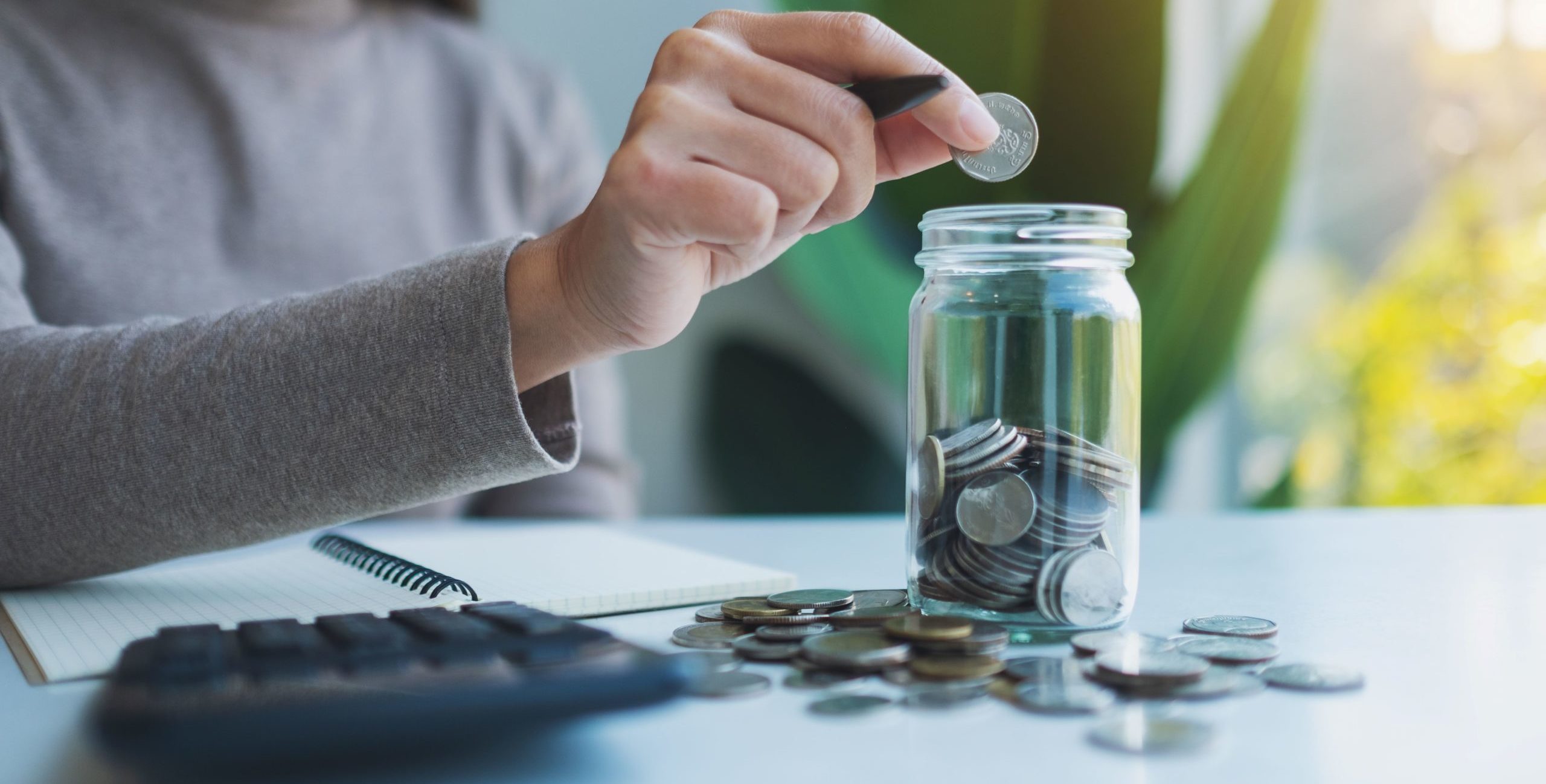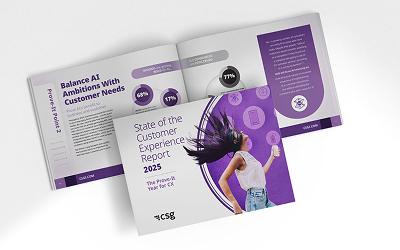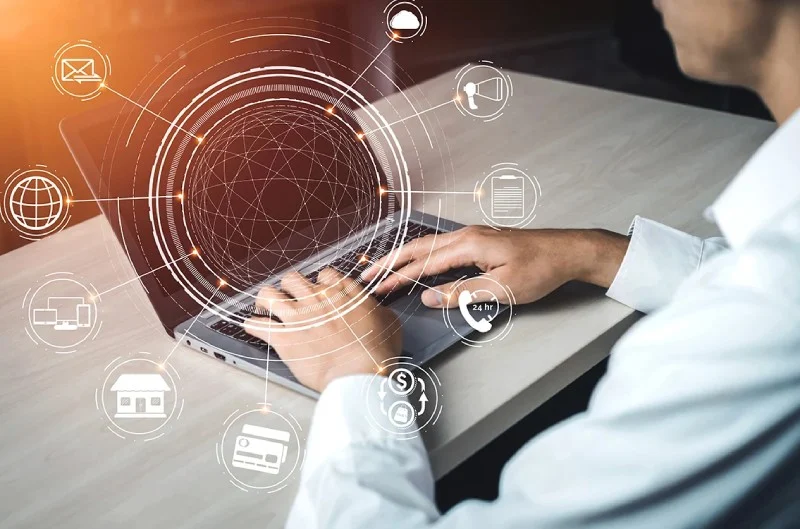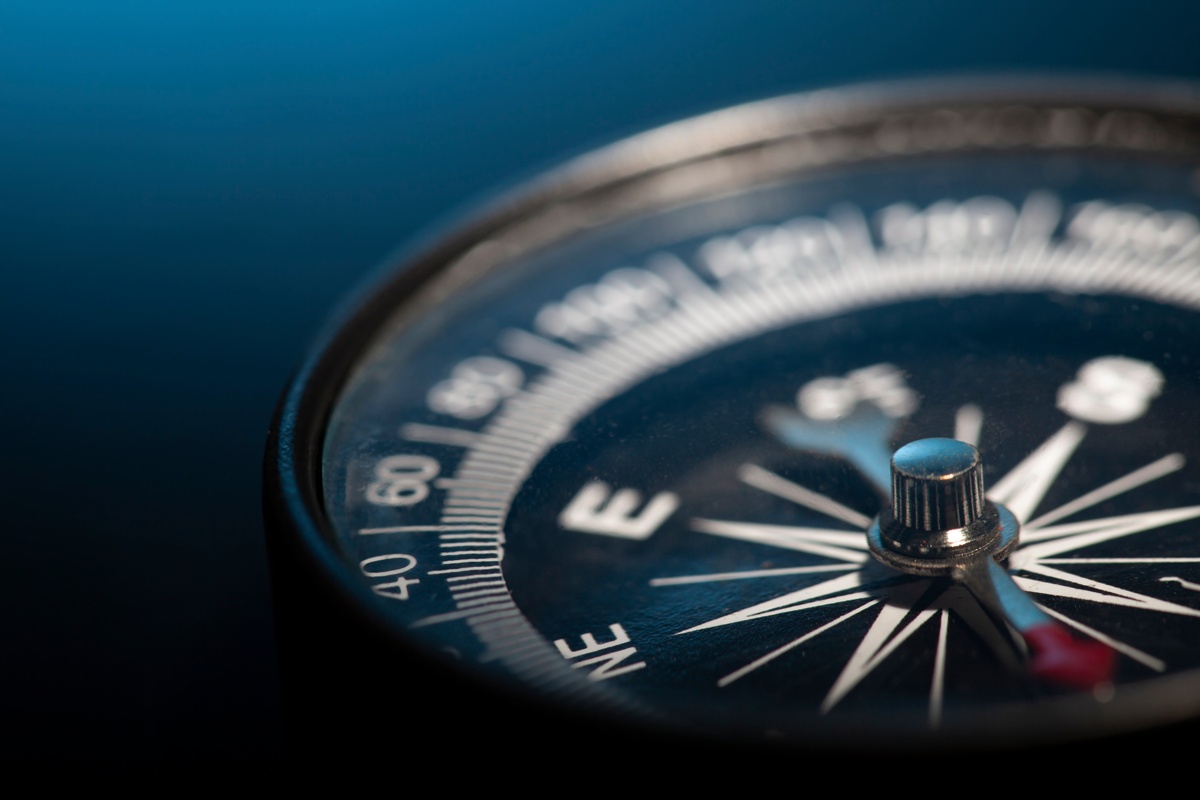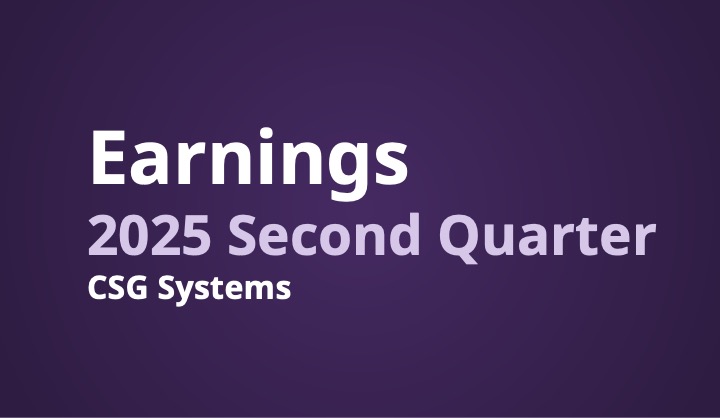Major retailers like Macy’s, Bed Bath & Beyond and Nordstrom are embracing a new age of retail shopping with the closure of more brick-and-mortar stores and focus on a digital-first strategy. Not to mention, there’s a 70% chance that the U.S. will enter a recession in 2023, according to a Bloomberg survey of 38 economists. Frugality will grow with consumers spending more on eggs, electricity and gas, than luxury items and services. Budget-conscious shoppers will forego massages, wear last year’s winter coat instead of splurging on a new one, and postpone their plans to remodel the kitchen.
As people respond to inflation by buckling down and living without the extras, retail brands will feel the sting. Which brands will lose share of the customer wallet? How can businesses keep afloat in economic downturn?
A Customer Saved Is a Customer Earned
It’s time to focus on retaining customers. To a retail brand, loyal customers are money savers and money makers and should be prioritized over new customer acquisition. Across industries, the probability of selling to an existing customer (60–70%) is much higher than the likelihood of selling to a prospect (5–20%). In fact, existing customers are 50% more likely to try new products, and they spend 31% more, compared to new customers. Just as savvy consumers prepare for a recession by adjusting their budget and reducing spend, forward-thinking brands must do the same. Increasing the customer retention rate by only 5% increases profits by 25 to 95%. Thus, the brands that successfully deliver extraordinary customer experiences (CX) will keep consumers coming back and reap the profits. How does this work?
The Equation Behind How Retention Drives Customer Lifetime Value
Customer retention is a direct driver of customer lifetime value (CLV)—a prediction of the total amount of money a customer will spend with your business over their entire relationship. You can calculate CLV by multiplying the average order value (i.e., how much a customer spends on each purchase) by the purchase frequency rate (i.e., how often a customer buys your goods/services) and then by average customer lifetime (i.e., how long the customer sticks with your brand). Obviously, the average customer’s lifetime is directly connected to customer retention—keep a customer longer and their lifetime extends, and so CLV is subsequently increased.

Understanding CLV helps you determine which customer segments to focus on. For example, a homeowner purchases a new dishwasher ($500) every 5 years (.20 per year) over a 30-year period:
CLV = $500 X .20 X 30 years = $3,000rnrnA builder purchases $500 dishwashers from that brand for 10 houses per year, over a 20-year career:
CLV = $500 X 10 X 20 years = $100,000rnrnBased on the CLV, it makes more sense (and cents!) for home improvement stores to spend more money attracting and keeping customers who are builders.
How Can You Increase CLV?
To increase CLV, you must increase one (or all) of these three factors:
-
-
- How much a customer spends with you
- How often a customer spends with you
- How long a customer spends with you
-
I mentioned above that focusing on customer retention will directly improve how long your customer is with you and buying products; moreover, elevating customers’ experiences is a critical contributor to improving these retention rates. Indeed, CLV is influenced by customer experience across the other dimensions of how much and how often customers do business with you. The management of the customers’ journeys (i.e., all the interactions customers have with a brand, from buying a product to using it) can help improve all three dimensions of CLV. What are a few journey strategies to increase CLV by guiding customers along better experiences?
Average Order Value
Intelligently upsell/cross-sell at the right moment. At checkout, offer a discounted price on a complementary purchase to what is already in the customer’s cart. For instance, offer the customer an installation package and three-year service/maintenance plan for the dishwasher. Or promote shoes or a purse to match that dress.
Purchase Frequency Rate
Capitalize on real-time customer data to prompt purchases. Identify customers who haven’t purchased anything in a few weeks. Determine what type of sales promotion to send (based on purchase history), then send that sales notification via the communication channel where the customer is most active and likely to respond.
Or, leverage geofencing to send real-time sales promotions when customers are connected to Wi-Fi. For instance, when customers regularly work from the same coffee shop, their phone will automatically connect to the Wi-Fi when they are close proximity to the shop. Marketers should take advantage of this alert (i.e., loyal customer in the neighborhood!) by sending a real-time promotion for $1 off a coffee to motivate the customer to stop by right now.
Implement loyalty and/or rewards programs to encourage repeat purchases. Offer a loyalty points program to reward frequent customers with personalized discounts and gifts. A McKinsey study found that paid loyalty program subscribers are 60% more likely to spend more with that brand (and for free loyalty program subscribers, it’s 30%).
Improve CX throughout every interaction with your brand. Customer experience doesn’t end after the purchase. After the purchase of a new home security system with delivery and installation, clearly explain next steps. Answer consumer questions before they ask them by implementing a well-thought-out onboarding experience.
Target younger consumers. Attract and retain Generation Z and Millennials, who have greater potential CLV. Gen Z (born between 1995 and 2010) makes up 40% of all global consumers, and has enormous spending power—about $360 billion in disposable income. Gen Z and Millennial consumers are brand loyal when the brand’s product quality, service and mission continue to meet their high expectations. Establishing brand preference with the younger generation early on will ensure their continued loyalty throughout their lifetime.
Implement a Journey Management Platform to Improve Retention
Improving experience for customers will increase their likelihood to do business with you more often, at higher values and for longer—improving all three dimensions of the CLV equation. To be successful in this CX plan requires a powerful customer engagement solution with customer journey management at the core of its purpose. CSG Xponent Ignite provides pre-built customer journeys for all types of organizations across the retail industry. The foundation of Xponent Ignite is CSG Xponent, our award-winning, industry-leading customer engagement solution that combines a powerful customer data platform with best-in-class customer journey orchestration and journey analytics. Xponent Ignite makes it simple to deliver the right messages at the right time via each customer’s preferred communication channel. If you’re ready to pull the CLV equation out of the marketing textbook and integrate it into your CX strategy, let’s get started today.
